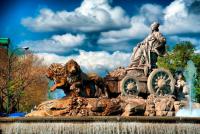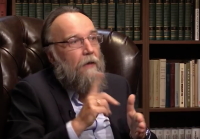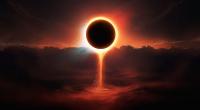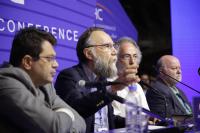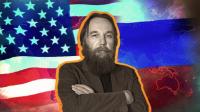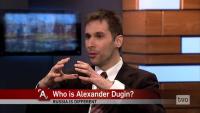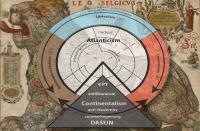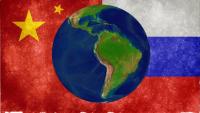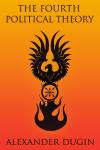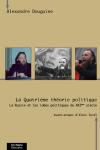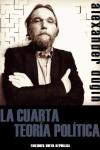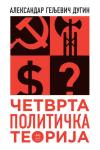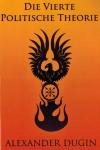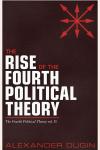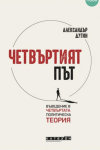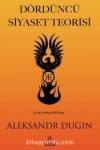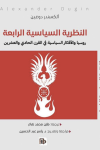Introduction to Noomakhia (lecture 4). Logos of Cybele
n our European civilization, we have two existential horizons and two daseins. One is the Logos of Apollo represented by the official ideology, three functional ideology, and the other is the Logos of Cybele. That is very important in the shadow part, in our subconscious, in the mother tradition. It is a part of the second parallel, hidden, or secret ideology. It is not the void. It is an ideology that is present in our societies but is not obvious, is not explicit. It is an implicit Logos of Cybele but is still alive because we are living in the civilization with the huge part of agriculture system and economy because we continue to produce and to consume the agriculture and food and we are sedentary. This level which we could individuate put the concept of the Logos of Cybele, not to the ancient types, but the Logos of Cybele exists now inside of ourselves, because our society is partly based precisely on this moment of noomahia. But noomahia is a continuing process. We could not once and forever grant the victory of one logos. If the Logos of Apollo weakens, that means that some other pole will become stronger. If the patriarchy dissolves (which is the case now in modernity), the other counter-current begins to appear, becomes more and more explicit, not implicit. That is the most important result of this noological analysis.

